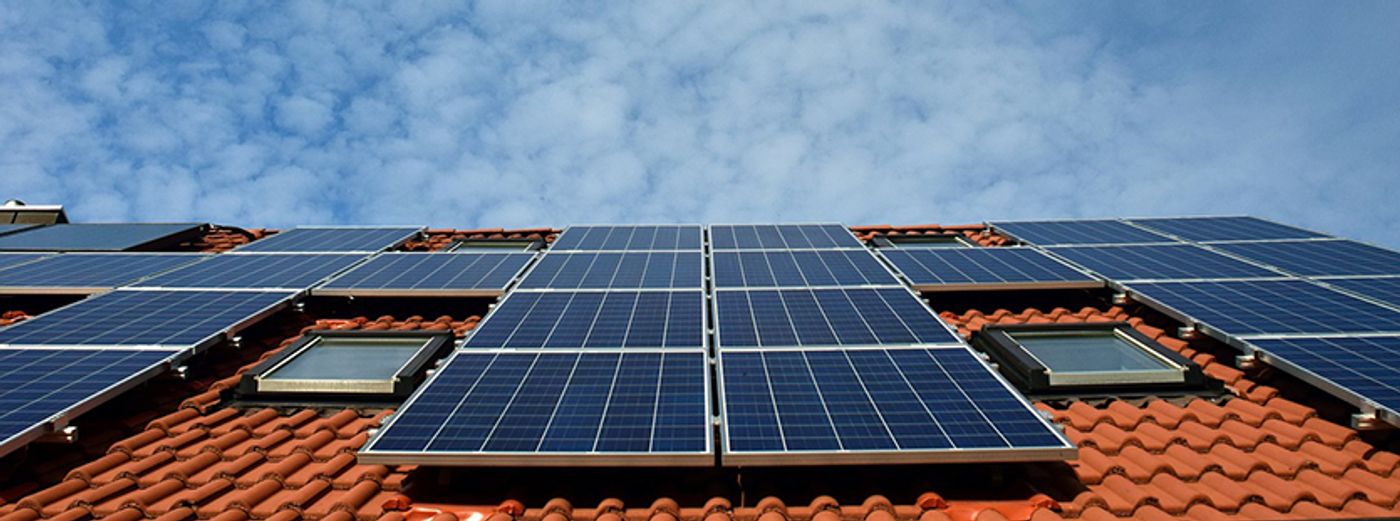Sunflowers Inspire Solar Harvesting Technology
One of the most remarkable capabilities of living things is phototropism—in which living organisms track and move with light sources. The most familiar example of this phenomenon is flowers that move and angle themselves to face sunlight throughout the day. Scientists from the University of California (Los Angeles) and Arizona State University have replicated this natural phenomenon using synthetic materials to harvest solar energy.
According to an article in Nature Nanotechnology, the sunflower-inspired humanmade phototrophic systems are named sunflower-like biomimetic omnidirectional tracker—SunBOT, for short. They were created by combining a photo-responsive material with a thermo-responsive material to create the phototrophic polymer. The photo-responsive material absorbs light to convert to heat and the thermo-responsive material contracts when exposed to heat.
Each SunBOT is less than 1 millimeter wide and was designed to bend toward light stimuli like a plant stem. When researchers fired a beam of light at a SunBOT from different angles, the stem bent directly at the light source. The article reports that the SunBOTs can “autonomously and instantaneously detect and track incident light in three-dimensional space…without auxiliary power or human intervention.”
The research team estimates that an array of SunBOTs could achieve up to a 400% solar energy-harvesting enhancement over materials that are not phototrophic. According to Popular Mechanics, most solar panels are photovoltaic, meaning solar energy is converted into electricity in real-time. However, SunBOTs have the potential to create thermal solar energy, which, according to Popular Mechanics, “is an array of gathering cells intersticed with a liquid or gas that conducts heat.” This, in turn, can be used as solar vapor energy, which is stored more easily.
The scientists report that SunBOTs may be useful not only for enhancing solar harvesters, but also smart windows, solar sails for spaceships, intelligent energy generation, and more. Furthermore, they believe that “the principle behind [their] SunBOTs is universal and can be extended to many responsive materials and a broad range of stimuli.”
Sources: Nature, Popular Mechanics









